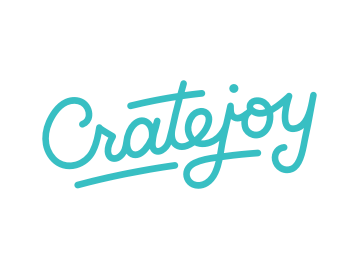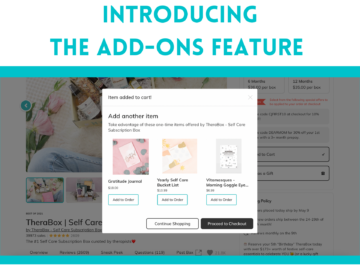A subscription-based business model is one in which customers pay a recurring fee to get access to a certain product or service on an ongoing basis. You are surrounded by subscription-based business models in your everyday life: Netflix, Spotify, Amazon Prime, Dollar Shave Club, and more.
What started as a way for magazines and newspapers to rope in readers has evolved into a strategic approach for businesses to manage revenue, growth, and brand loyalty for all kinds of businesses in a wide range of industries. The main differentiating factors of a subscription model are value, predictability, and customer relationships, which we’ll dive deeper into below.
Value
 Subscriptions substantially increase customer lifetime value. In a subscription model, you establish a long-term relationship with a customer that goes well beyond a single transaction. As a result, this ongoing relationship and communication encourage a customer to continue to do business with you.
Subscriptions substantially increase customer lifetime value. In a subscription model, you establish a long-term relationship with a customer that goes well beyond a single transaction. As a result, this ongoing relationship and communication encourage a customer to continue to do business with you.
Let’s use a monthly sock club as an example. If you are in the business of selling socks for $8/each, you have the opportunity to earn much more revenue by selling a sock subscription. If your customer subscribes for 9 months, you will make $72 total, and save a lot of time, money, and effort than trying to acquire new customers for only a single $8 sale.
Subscription businesses also tend to be valued higher than traditional retail businesses, based on future revenues and income predictability.
Predictability

Subscription businesses smooth out demand, so you can run operations more effectively. Every month, you know how many subscribers you have and can predict how much revenue you will bring in.
Subscription business owners can say that next month’s revenue will be great because last month’s revenue was great and none of their subscribers have left. As a result, they’ll know how much inventory they will need and don’t have to guess and risk back orders or unsold inventory.
In 2013, Adobe stopped selling software as one-time purchases and instead moved to a subscription model. This made their revenue stream much more predictable. Instead of large income spikes around new product releases, they moved to a smooth, reliable income stream. The lower monthly cost also had the added benefit of reducing piracy and allowing a wider customer base to use their software.
Predictability is also an unparalleled asset to businesses involved in perishable items. Think of your local florist. If a florist expects to sell 100 roses in a day and only sells 20, those 80 roses will wilt and become unsaleable, resulting in losses. If, however, the florist had a base of subscribers to deliver 100 roses to, they can order flowers with confidence and minimize losses.
Customer Relationships

Good relationships are based on communication. The beauty of a subscription model is that it gives business owners more opportunities to communicate with customers. Unlike traditional retailers, subscription business owners can see how a subscriber interacts with their product or service over time by getting feedback after each month’s product is delivered. They can see which months are skipped, when subscribers cancel, and when new subscribers join. This gives an owner more tools to pinpoint successes and failures. In doing this, owners are able to tweak and alter their business to ensure customer satisfaction and prevent subscribers from leaving.
Frequent communication and interaction also provide more opportunities to cross-sell and upsell.
For Adobe, the switch to a subscription-based Software as a Service (SaaS) model proved to be a good choice. After the software giant made the switch, they were able to acquire 20% more customers. But, more importantly, they were able to track how customers were engaging with their product and, as a result, were able to push timely updates, fix bugs, and increase overall satisfaction. In doing this, Adobe received continuous value from many customers that otherwise would have made a single purchase – and it shows in their stock price, which has increased nearly 180% since 2013.
Conclusion
A subscription-based business model is a great structure for many different types of businesses. It can help with:
- Predicting revenue
- Investing in growth
- Managing inventory
- Attracting investors
- Boosting company valuation
- Building customer relationships
- Minimizing marketing costs
If you are thinking about starting your own subscription-based business, Cratejoy can help! Cratejoy provides a platform for sellers to manage their business, and also runs the world’s largest subscription box marketplace.




